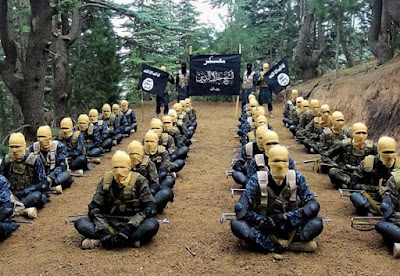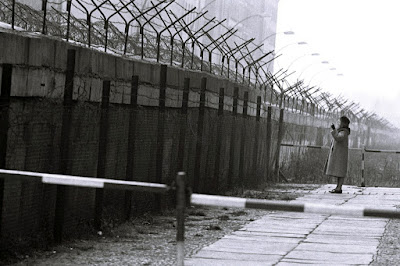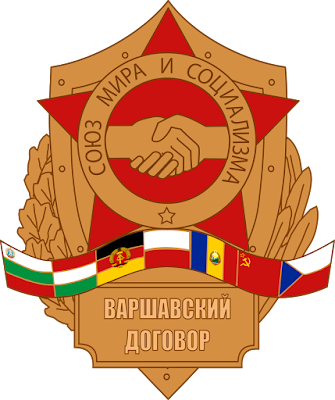Poland and Solidarity
During the Communist control over Poland, there were regular protests about wages and food prices. During the first half of the 1970s Polish industry performed well. Polish citizens seemed happy about their communist state. However their economy hit a crisis, 1976 was a bad year and 1979 was the worst year for the industries. The government did not know how to solve it and they tried to hide the crisis. Trade unions were ineffective so Polish workers settled up small and independent trade unions. In 1980 strikes broke out all over the country and the new trade union, Solidarity, was getting stronger. In August 1980, Lech Walesa put forward 21 demands to the government and they started a free trade union called Solidarity. The 30th of August the government agreed to all 21 Solidarity's demands and Solidarity members continued growing. In February 1981 the Prime Minister resigned and was replaced by the leader of the army, Jaruzelski. In May “Rural Solidarity” was set u...


